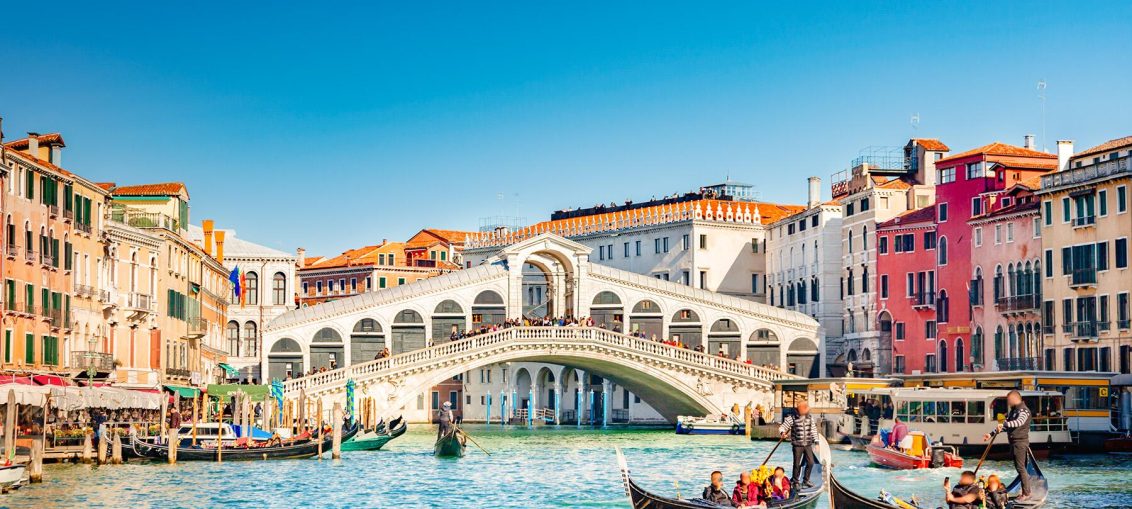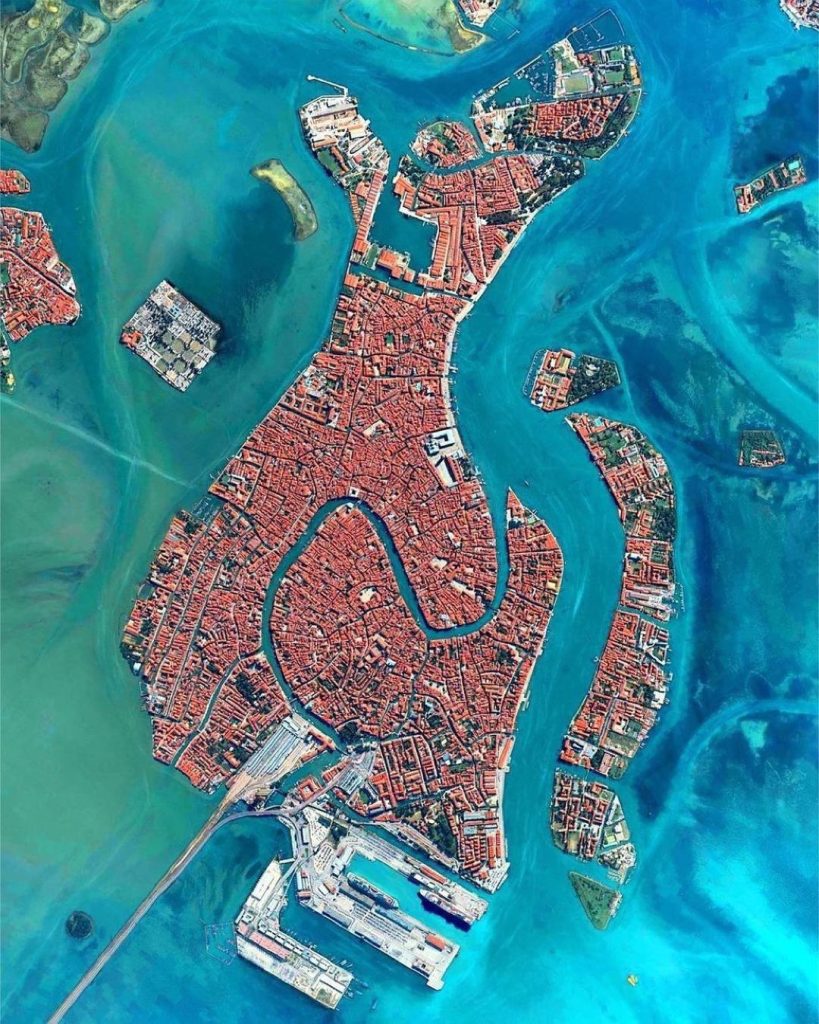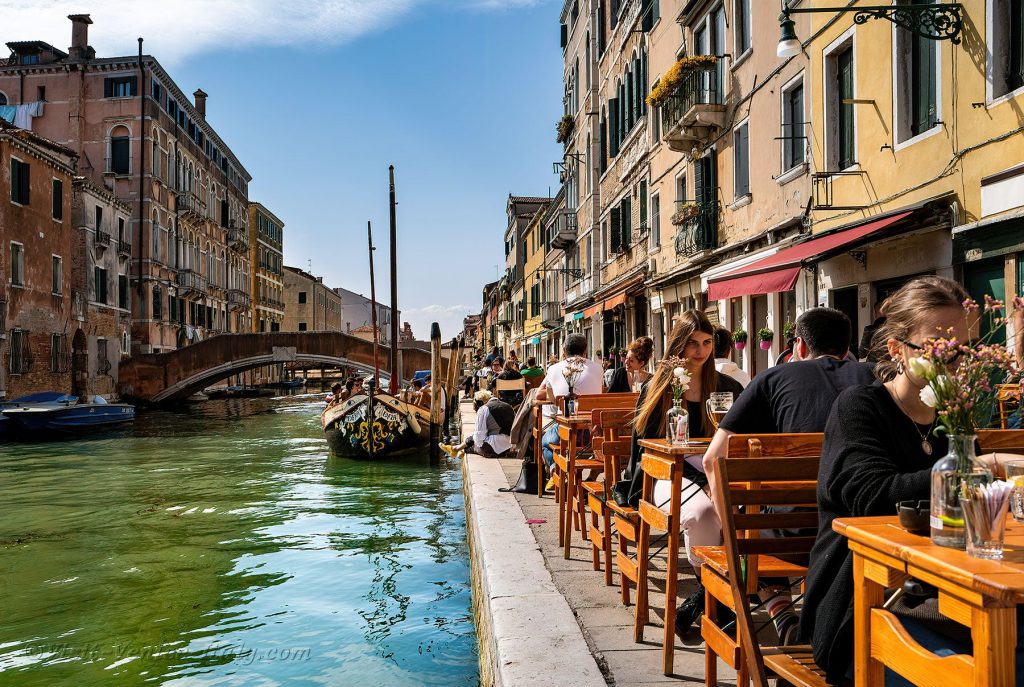
Venice – Italy, was built on over 100 individual islands, planting wooden piles, *5 meters long (not *25 m), in the unstable ground of the lagoon.
Surrounded by salt mud and in the absence of oxygen under water, the wooden piles do not rot but petrify permanently, thus forming the perfect foundations of the city.
Venice has always had to coexist with the water that surrounds it and with the erosion that it causes especially to the banks. This is why the latter are protected by the white stone of Istria. In many cases, to expand the building areas, entire areas of the lagoon were filled.

Before starting to build the buildings overlooking the canals, the Venetians planted wooden piles in the ground to make it more solid.
As stated in the Historical Atlas of the Serenessima, “The foundations of all buildings are made of very strong oak or durmast poles, which last forever under water… These are driven firmly into the ground and then secured with large crosspieces, and filled between the poles with various fragments of stones and cement, making stable and firm foundations through coagulation and setting.”
Very thick planks and a layer of stone blocks were placed on top. From here they began to raise the foundation walls. In other words, it is as if Venice were built on a forest upside down.
The buildings had to adapt to this unstable ground, for this reason one of the characteristics of the buildings in Venice is their extreme elasticity, capable of adapting to the movements of the ground.

Walking through the streets you may have noticed some walls that are rounded or inclined inwards, this happens because the technique with which they are built means that the walls do not open outwards, to avoid collapse, but instead tend to lean on the roof. The floors of the buildings are also made of wood, a light and elastic material and are fixed to the walls with metal tie rods, which oppose the collapse towards the outside of the wall elements.
Where did all this wood come from?
Cansiglio has always been the forest of the Serenissima Republic, which had the need to preserve productive and efficient wooded areas that were used to supply wood to the Venice Arsenal for the construction of oars for the galleys, the famous Venetian ships.
As can be read in the Historical Atlas of the Serenissima, oak wood came from the areas of Treviso, Friuli and later also from Istria, while fir and larches from the mountains, from Valsugana, Bassano and Cadore. The wood arrived along the Adige, Brenta and Piave rivers.
The logs were tied together to form rafts and pushed by the current to Venice. Here they reached the Fondamenta delle Zattere, to then be sorted. Some logs were taken to the Arsenale of Venice, others to San Biagio and Giudecca where firewood was stored. Still other logs followed the banks and were taken where they were needed for construction: “alder mainly to compact the ground, as was done for the bell tower of San Marco, larch for the rafts that act as foundations: placing planks like a floor on the heads of the poles cut to a uniform height; while for boats a more precious wood is needed, oak, for the carpentry and the edging, larch for the interiors, fir for the masts of the ships”.
Even the bricole of Venice are trunks of trees that have inhabited the Lagoon for centuries and that give it a unique and fascinating identity.
Once this wood has aged and eroded it is replaced and the bricole that have reached the end of their life are recovered and reused to create the objects of Pieces of Venice. Each object preserves a ‘piece of Venice’ and travels the world to tell the centuries-old story of this city of art and culture.
source: Pieces of Venice by Laura Tonicello
